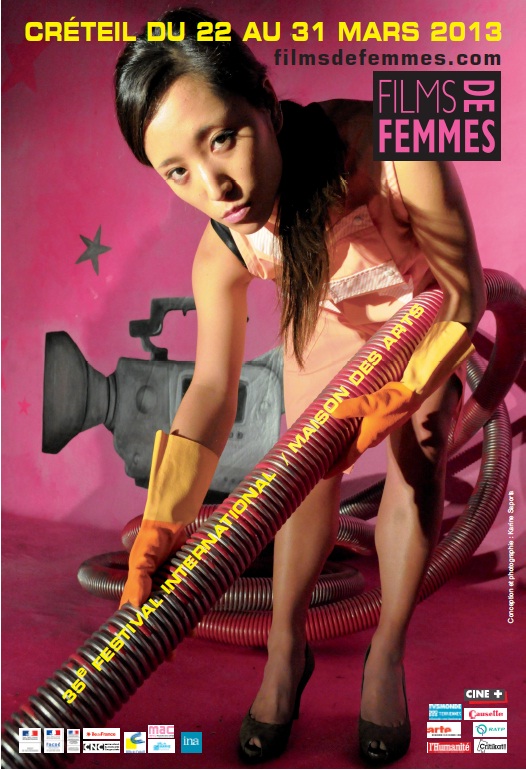Search This Blog
women in film & media
Production, distribution, reception
of films
Posts
66th Cannes Film Festival – Palme d’Or Winner La Vie d’Adèle
- Get link
- Other Apps
Udine Far East Film Festival honors Kim Dong-ho
- Get link
- Other Apps
Far East Film Festival - Raining in the Mountain
- Get link
- Other Apps
Far East Film Festival - Cold War
- Get link
- Other Apps
The Revolution Will Be Twitterized
- Get link
- Other Apps
The Boston Marathon Patriot Race
- Get link
- Other Apps
Social Media and the Boston Bombings
- Get link
- Other Apps
Créteil Films de Femmes Celebrates 35 years
- Get link
- Other Apps
Annette Funicello was the darling of the original Mouseketeers
- Get link
- Other Apps
Romanian drama 'Beyond the Hills' sets lesbian characters back years
- Get link
- Other Apps
'Silver Linings Playbook' gives Jennifer Lawrence her first Oscar
- Get link
- Other Apps





